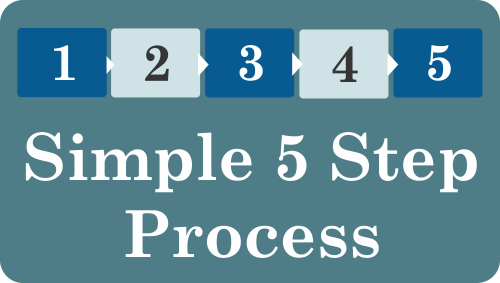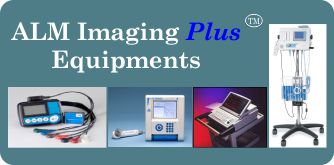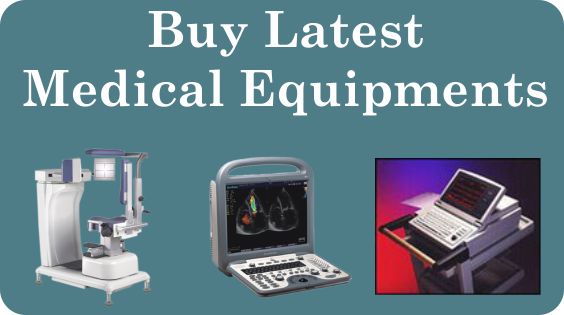ALM Mobile Imaging - Nuclear Stress Test
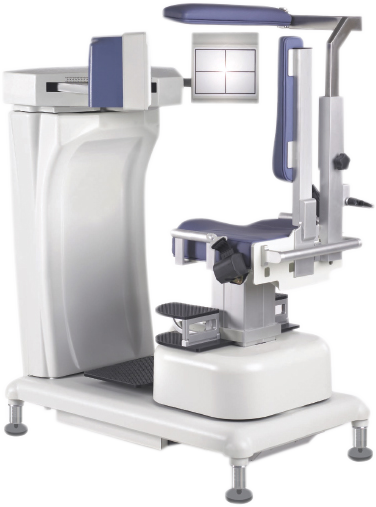 Our lifesaving nuclear cardiology service performed at your facility can aide in accurate diagnosis of your patient while giving you complete control over his/her course of treatment.
Our lifesaving nuclear cardiology service performed at your facility can aide in accurate diagnosis of your patient while giving you complete control over his/her course of treatment.
Cardiovascular disease is the leading cause of death in this country. Within cardiovascular disease, CHD is the leading cause of death. |
|
· 425,425 deaths in the United States in 2006 (about one of every six deaths) · 1,255,000 new and recurrent coronary attacks per year · About 34 percent of people who experience a coronary attack in a given year die from it · One person dies every 33 seconds from CHD |
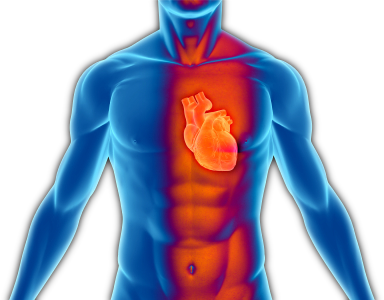 "A nuclear stress test helps determine which parts of the heart are healthy and function normally and which parts do not," "The test can show if there are dangerous coronary artery blockages and how well the heart pumps blood." – Dr Caldwell, Nuclear Physician Research has shown that patients with normal MPI scans have less than a one percent risk of heart attack or cardiac death for up to five years |
How this test can help you? · Helps diagnose unexplained chest pains · Helps diagnose chest pain during stress or exercise. Additionally this test... · Helps visualize blood flow patterns to the heart walls. · Helps evaluate the presence and extent of suspected or known coronary artery disease. · Helps identify the reason for shortness of breath. · Helps determine the extent of injury to the heart following an heart attack or myocardial infarction. · Helps evaluate the results of bypass surgery or other revascularization procedures designed to restore blood supply to the heart. · In conjunction with an ECG, this test helps to evaluate heart-wall movement and overall heart function with a technique called cardiac gating. · Helps diagnose unexplained chest pains · Helps diagnose chest pain during stress or exercise. |
Why choose Us?-> Total test time: Less than 2 hour/patient average-> Stress Test Results: Within fifteen minutes (Interpreted by our onsite Cardiologist) -> Nuclear Test Results: Emailed within 24 hours (Interpreted by our nuclear Physician) -> Don't waste time supervising tests at diagnostic facilities. Instead have them done right in your office |
|
Nuclear Stress Testing is a 5 step process

Nuclear vs Echo - Stress TestWhy Nuclear Stress test is better?• Has a sensitivity of >90% for detecting patients at risk of cardiac death or MI. • Can also provide a measure of left ventricular function and wall motion. • Rest nuclear imaging can be helpful in assessing myocardial viability. Why Echo Stress test fails in comparison? • Poor viability data • Less sensitive then nuclear imaging – more false negatives • Technically difficult in obese patients |
Special Features• Highest quality scans• The most flexible availability in the industry • A turnaround time of less than 24 hours for gamma camera test results. • Total imaging process takes less than 2 hours! • Whereas hospitals take up to 6 hours or more. Our specialized gamma camera can provide accurate details on: · size and location of infarct · infarct vs. ischemia · myocardial performance · myocardial metabolism ...and much more! |
WHATS INCLUDED• ICANL accredited Portable Nuclear Gamma Camera• A onsite licensed/ACLS Certified Nuclear Medicine Technologist to perform Cardiac Stress Tests • An onsite Medical Assistant • Board certified nuclear physician to interpret scans • Board certified onsite cardiologists to monitor the test are available on request • All necessary Radiopharmaceuticals • All necessary medical supplies • Medical Billing assistance • Professional Liability Insurance • Radioactive Materials License • Complete STARK, HRS and industry compliance |
Sample case studiesIn this test two sets of isotope images are obtained. One at rest, and one following exercise. Depending upon the isotope used and the protocol for a particular laboratory, the resting images may be obtained before the stress test, or a few hours later. The scanning camera rotates around the patient's chest, stopping to take individual pictures. The patient needs to lay flat and still during the scanning period which takes approximately 11 to 20 minutes, depending upon the type of scanning camera. Patients with severe claustrophobia should notify their physician (a mild tranquilizer before the test may minimize discomfort).The pictures or images are fed into a computer, which reconstructs them as "slices" of a three dimensional heart. These slices are presented in three views (vertical long axis or VLA, horizontal long axis or HLA and short axis or SA). It also computes the data and presents an aggregate "bull's eye" picture that compares the information to a data base of known normal cases. Areas that fall out side the expected normal range is presented as a blacked out area. In other words, your physician has an opportunity to view a three dimensional representation of your heart, examine individual "slices" and then compare the findings against those computed by the computer as "blackout plots. By comparing one wall against another, the physician can identify disease and assess its magnitude. |
|
 Let us pause and examine actual thallium stress test image(above). First, let us look at the three standard views (VLA, HLA and SA, as discussed above) of the left ventricle. In the VLA view one sees the anterior wall on top and the inferior wall is below. The two walls meet at the apex or tip of the heart. In the HSA view, the septum is to the left and the lateral wall is to the right and they meet at the apex. In the SA view, the anterior, inferior, septum and lateral walls are above, below, left and right, respectively (see above). The "pizza" appearing picture on the far right is the "bull's eye" image. The center of the bulls eye is the apex of the heart. The computer "slices" the heart in the SA view and "lays" the slices or rings down, one by one, beginning at the tip and moving upwards to the base (widest portion) of the heart. The representative walls are similar to that seen in the SA view. Colors ranging from orange to white are "hot colors" and represent normal blood flow. Dark shades of orange, brown, blue and black are "cold" colors and represent little to no flow. Ignore the bluish halo surrounding the heart slices above because they are NOT WITHIN the walls of the left ventricle (LV). |
|
 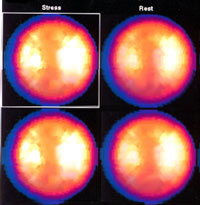 The physician can separate a normal left ventricle, from ischemia (live muscle with flow that is compromised only during exercise) and the scar tissue of a heart attack. The distinction is made in the following way: NORMAL = Both the resting and stress images show uniform uptake through out the heart, as shown above. In comparison, the rest images do not show a localized area of increased isotope uptake. These findings are demonstrated in the stress (top) and rest (bottom) slices or tomograms (tomos; the round pizza shaped images). The top two circular images on the left show normal uniform uptake of the isotope. The entire heart is either a bright shade of orange, yellow or white. The blue outer halo is outside the walls of the LV and have no clinical importance. Since everything is within normal limits, the lower images do not demonstrate any blacked out area. |
|
  ISCHEMIA: = The top strip of the tomos or tomograms (stress images) are abnormal. They show dark colors in the inferior wall (bottom surface) and apex or tip (VLA view), and lateral wall in the HSA view and the lower lateral wall in the SA view. Thus, there is evidence of reduced blood flow to the inferior, apex and lateral walls. In comparison, the rest images show near normalization of all three segments (which regain brighter colors). This is a typical finding in a patient with ischemia or reversible stress-induced reduction of blood supply to the LV. The four circular or bulls-eye images confirm these findings. The top left circle shows reduced flow (darker colors) in the apex, inferior and lower (posterior) lateral wall of the LV. These areas brighten up (normalize) in the top right (Rest) view. This patient has not had a heart attack but the walls are threatened or jeopardized. The blackened areas in the lower two circles are generated by the computer, which conveniently marks the abnormal areas in the Stress (lower left) but not in the "normalized" Rest (lower right) image. |
|
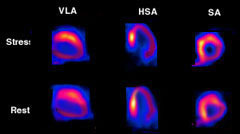  HEART ATTACK: = The top strip of the tomo slices (stress images) show that the inferior, apex and lower lateral walls of the LV have dark colors. It also appears thinner than the normal walls because of reduced blood flow and consequent decrease in tracer uptake. Notice that these findings persist in the rest or lower strips. In other words, there is no reversibility of flow in the Rest images. Such findings indicate a previous heart attack. Also, in the absence of reversibility there is no evidence of additional threatened or jeopardized heart muscle. The four circular or bulls-eye images confirm these findings. The top left circle shows reduced flow (darker colors) in the apex, inferior and lower (posterior) lateral wall of the LV. The changes are fixed and do not change in the rest images (top right). The blackened areas in the lower two circles are generated by the computer which conveniently marks the abnormal areas. Once again, there is no significant change between the Stress and Rest pictures (unlike what we observed in the case of ischemia). |
| Try Us Out Risk Free -
Call us at (800) 781-1938
or Schedule an account representative to visit your office today |
© 2012 ALM Mobile Imaging - 822 Eagle Drive, Bensenville, Illinois, 60106 |








